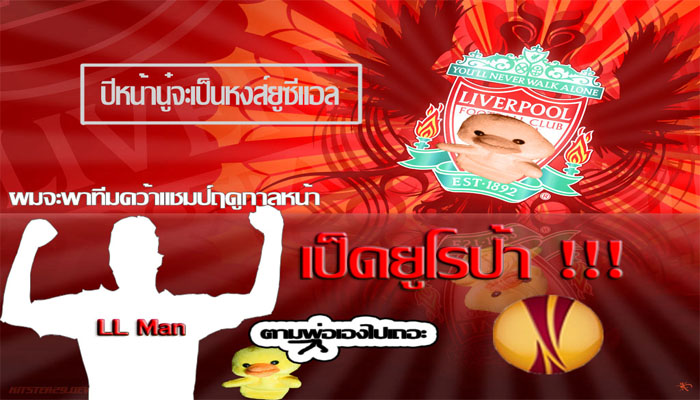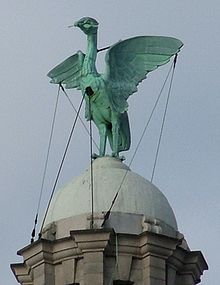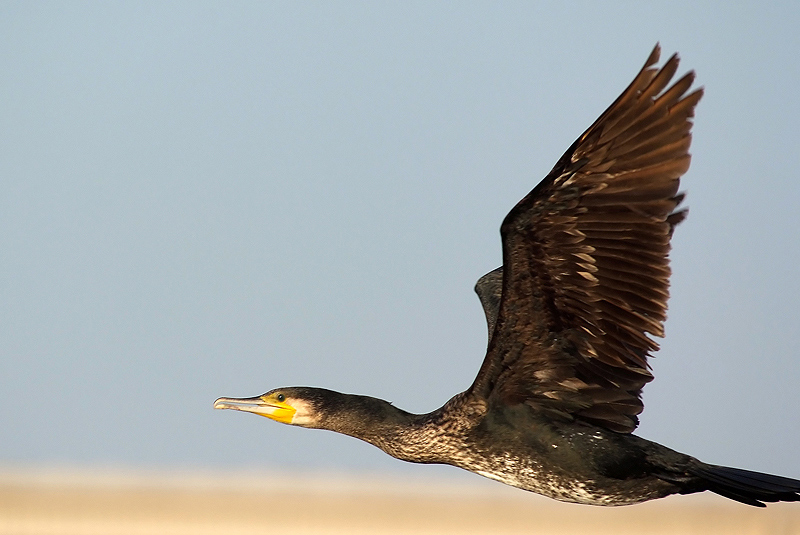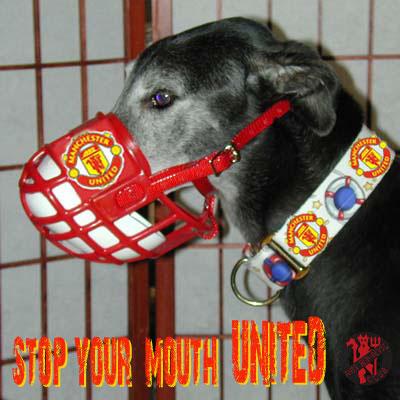 |
 ความคิดเห็นที่ 27
ความคิดเห็นที่ 27 |

สปีชี่ของนกจริงๆยังสับสนเพราะใช้เป็นสัญลักษณ์เมืองมา 660 ปีแล้ว
จากที่น่าจะเป็นอินทรีย์ตามตราประจำตัวของกษัตริย์ผู้ก่อตั้งเมืองเมื่อ 800 กว่าปีก่อน
แล้วเมื่อสัก 300 ปี ที่ผ่านมาก็กลายมาเป็นนกกาน้ำที่พบเห็นอยู่ทั่วไปตามชายฝั่งในเมือง
และสาหร่ายที่นกคาบอยู่ก็เป็นตัวบอกได้ว่าน่าจะเป็นนกหากินในน้ำ
ตอนนี้ก็ยังเป็นที่ยอมรับอย่างเป็นทางการว่าเป็น นกกาน้ำ ครับ
เป็นไปได้ที่จะเป็นนกกาน้ำครับ
Possible species
The bird's species has long been the subject of confusion and controversy.
The bird shown on the medieval seal is generic, but the wording of the seal contains references to King John, who granted the towns charter in 1207. John, in honour of his patron saint, frequently used the device of an eagle - long associated with St. John. Further indication that the seal was an homage to King John is found in the sprig of broom initially shown in the birds beak, broom being a symbol of the royal family of Plantagenet.
By the 17th century, the origins of the bird had begun to be forgotten, with references to the bird as a cormorant, still a common bird in the coastal waters near Liverpool. The 17th century mace refers to a "leaver", while a manual on heraldry from later in the century confuses matters further by assuming this term is related to the old Low Dutch word lefler, meaning spoonbill[2] - a bird rarely found in northern England.
The College of Arms refers to the bird as a cormorant, adding that the sprig in the mouth is of laver, a type of seaweed, thus implying that the bird's appellation comes from the sprig.
The bird thus appears to have originally been intended to be an eagle, but is now officially a cormorant. Many modern interpretations of the symbol are of a cormorant, although several - notably that on the emblem of Liverpool Football Club - distinctly show the short head and curved beak more readily associated with a bird of prey.
http://en.wikipedia.org/wiki/Liver_bird
| จากคุณ |
:
CityFC 
|
| เขียนเมื่อ |
:
4 พ.ค. 53 12:03:59
|
|
|
|
 |











